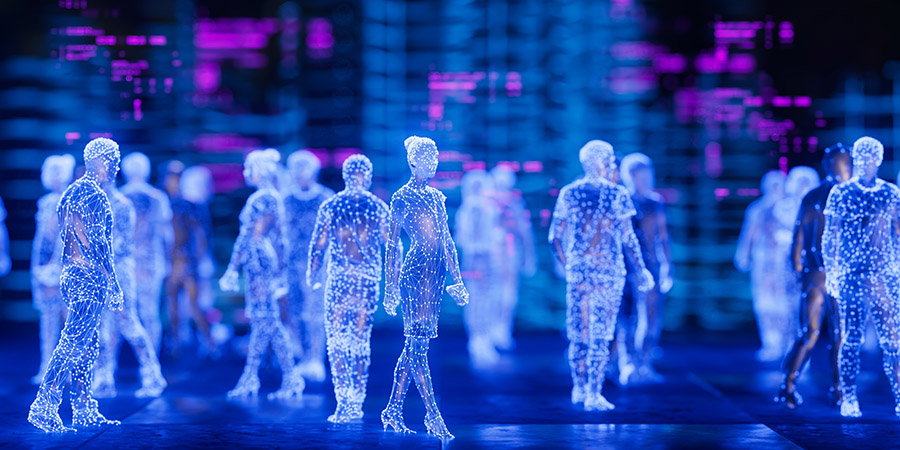NTT DOCOMO, Miyashita Laboratory, and H2L have partnered to create a groundbreaking technology that enables people to share taste information through a human-augmentation platform. This technology combines DOCOMO's human-augmentation platform with Miyashita Laboratory and H2L's taste replication technology, making it the first of its kind in the world.
System Setup
The system includes a sensing device that detects taste perception data, a human-augmentation platform that considers individual differences in sensitivity, and a driving device that reproduces the taste for others to experience.
By analyzing and quantifying a specific taste and using a unique algorithm, the human-augmentation platform estimates how the taste was perceived by the first person, allowing for clearer sharing of tastes that are difficult to describe. This technology is expected to be applied in virtual experiences within the metaverse space, providing users with a more immersive and sensory-rich experience.
The collaboration between DOCOMO, Miyashita Laboratory, and H2L aims to develop further solutions for sharing taste perceptions, with the goal of creating a new communication culture and enhancing the quality of life by offering new and unique experiences.
Potential Use Cases
APIs for Developers: Provide Application Programming Interfaces (APIs) and software development kits (SDKs) to developers, encouraging them to integrate taste-sharing capabilities into their applications and virtual experiences.
Consumer Electronics Integration: Work with consumer electronics manufacturers to embed the taste replication technology into devices such as VR headsets, gaming peripherals, or smart appliances, enhancing the user experience.
Partnerships with Food and Beverage Industry: Forge partnerships with the food and beverage industry to create synergies between virtual taste experiences and real-world culinary offerings. This could involve collaborations with restaurants, food delivery services, or culinary events.
Global Expansion: Consider opportunities for global expansion by collaborating with international partners, adapting the technology to diverse cultural preferences, and navigating regulatory landscapes in different regions.





